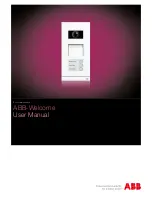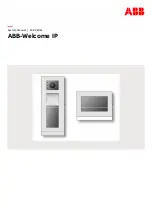
© National Instruments Corporation
C-1
DAQCard-700 User Manual
Appendix C
PC Card Questions and Answers
This appendix contains a list of common questions and answers relating to PC Card (PCMCIA)
operation. The questions are grouped according to the type of information requested. You may
find this information useful if you are having difficulty with the PCMCIA system software
configuration.
Configuration
1. Do I need to use my PCMCIA configuration utility to configure the National
Instruments PC Cards?
No. We recommend that you do not configure our PC Cards using PC Card Control or an
equivalent PC Card configuration utility. Use the configuration utilities included with the
NI-DAQ driver software to properly configure your card. The appropriate utilities are
WDAQCONF
for Windows users or
DAQCONF
for DOS users.
2. What should I do if my computer does not have Card and Socket Services version 2.0 or
later?
Contact the manufacturer of your computer or of your PCMCIA adapter and request the latest
Card and Socket PCMCIA driver. Our NI-DAQ software will work with any Card and
Socket Service driver that is compliant to version 2.0 or later.
Operation
1. My PC Card works when inserted before power-on time, but it does not work when hot
inserted. What is wrong?
You may have an interrupt conflict. If you have a utility such as
MSD.EXE
, run it to
determine the allocated interrupts, then refer to question 5 in the Resources section.
MSD.EXE
is usually shipped with Microsoft Windows.
2. My computer locks up when I use a PC Card. What should I do?
This usually happens because Card Services allocated an unusable interrupt level to the PC
Card. For example, on some computers, interrupt level 11 is not routed to PC Cards. If Card
Services is not aware of this, it may assign interrupt 11 to a PC Card even though the
interrupt is not usable. When a call uses the interrupt, the interrupt never occurs, and the
computer locks up waiting for a response. For information about how to locate an interrupt
that is free to be used, refer to question 4 in the Resources section.














































